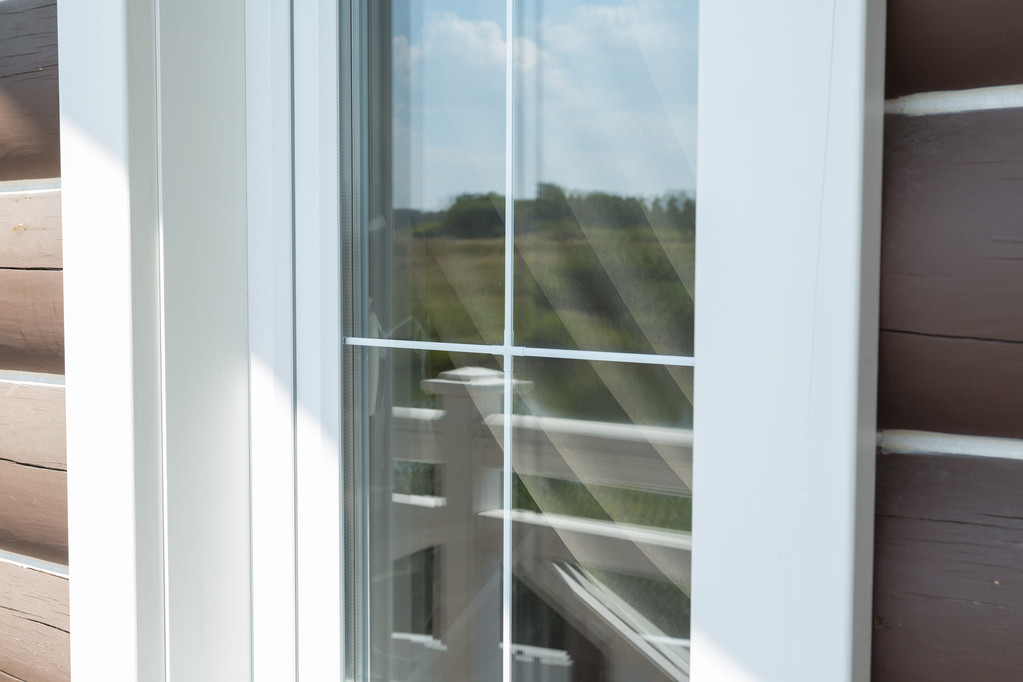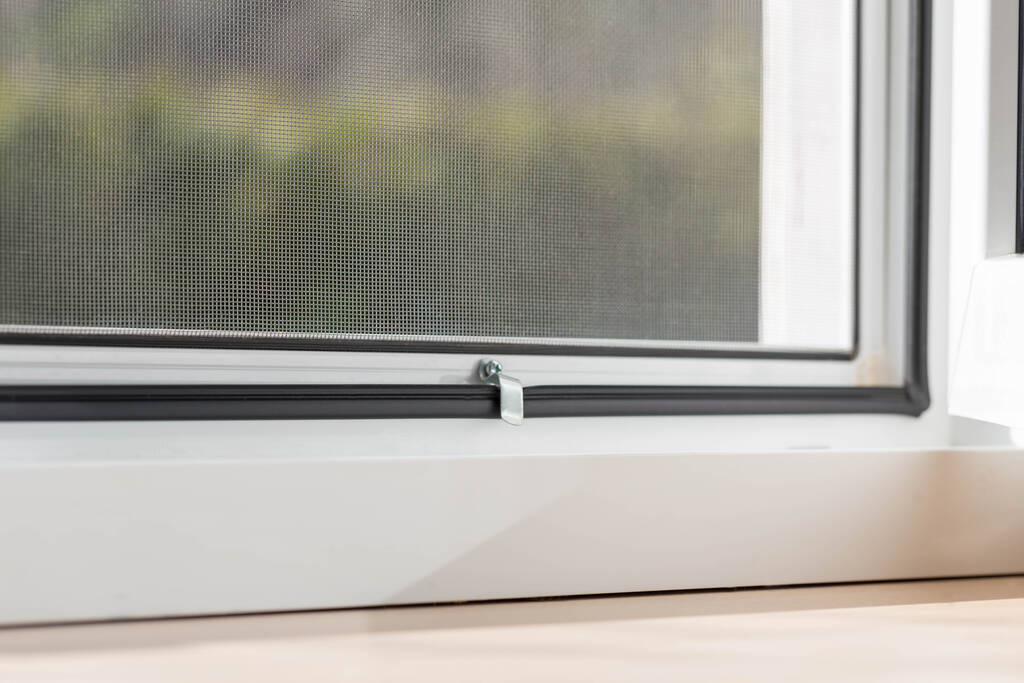Fiber Reinforced Polymer (FRP) doors have emerged as a game-changer in the construction and architectural industry. These lightweight and durable doors have gained immense popularity due to their unique combination of strength, versatility, and aesthetic appeal.
In this article, we will explore the evolution of FRP doors, their manufacturing process, advantages, and applications, as well as their potential to shape the future of modern spaces.
Understanding FRP Doors
FRP doors are manufactured using Fiber Reinforced Polymer, a composite material composed of a polymer matrix reinforced with fibers, often made of glass, carbon, or aramid. This combination results in a door that is significantly stronger and lighter than traditional alternatives like wood, steel, or aluminum. The manufacturing process involves impregnating the fibers with the polymer matrix, followed by curing to create a rigid, durable structure.
Advantages of FRP Doors
2.1. Strength and Durability
FRP doors possess exceptional strength, making them resistant to impact, cracks, and warping. The fiber reinforcement ensures that they can withstand heavy loads and maintain their structural integrity even in harsh environments, making them ideal for high-traffic areas.
2.2. Lightweight Nature
One of the most significant advantages of FRP doors is their low weight compared to traditional alternatives. The lightweight feature allows for easy installation, reducing strain on the hinges and framework while facilitating effortless opening and closing.
2.3. Impressive Design Options
FRP doors come in a wide range of designs, textures, and finishes, making them adaptable to various architectural styles. From sleek modern aesthetics to classic wooden appearances, FRP doors offer numerous design options to complement any interior or exterior decor.
2.4. Low Maintenance
The non-porous nature of FRP doors makes them highly resistant to moisture, termites, and decay. As a result, they require minimal maintenance, reducing long-term upkeep costs.
2.5. Fire Resistance
FRP doors can be manufactured to be fire-resistant, providing an extra layer of safety in commercial and residential settings.
2.6. Environmental Benefits
Being recyclable and energy-efficient, FRP doors align with sustainable practices, contributing to a greener environment.
Manufacturing Process
The manufacturing of FRP doors involves several crucial steps:
3.1. Fiber Selection: Manufacturers choose high-quality fibers, such as glass, carbon, or aramid, based on the desired characteristics of the door.
3.2. Impregnation: The selected fibers are impregnated with a polymer resin, often epoxy or polyester, through a process called wet lay-up or resin transfer molding (RTM).
3.3. Molding: The impregnated fibers are placed in a mold, where they take the desired shape of the door.
3.4. Curing: The door is subjected to a curing process, which allows the polymer matrix to harden and bind the fibers together, forming a robust structure.
3.5. Finishing: After the curing process, the door undergoes finishing touches, such as sanding, painting, or applying veneers, to achieve the desired appearance.

Applications of FRP Doors
4.1. Commercial Spaces
FRP doors find extensive use in commercial buildings, where their robustness and low maintenance are highly advantageous. They are commonly installed in schools, hospitals, offices, hotels, and shopping centers due to their ability to withstand heavy foot traffic and maintain their appearance over time.
Learn more at Wiki as well.
